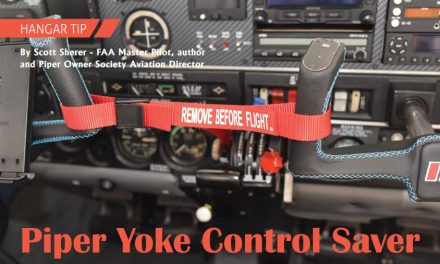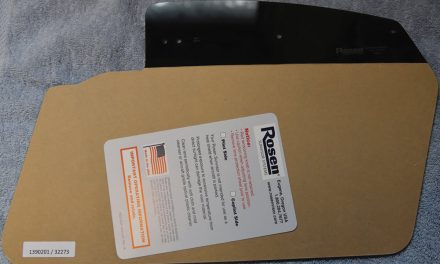By Jack Boyd, Gold Standard Aviation (goldstandardaviation.com)
My student and I were flying above a mountainous section of North Carolina last winter. We overheard another pilot announce to ATC, “Atlanta Center, we are picking up some ice and request lower.” The controller replied, “Unable lower due to terrain, but I can vector you to an area with VFR conditions approximately 30 nm at your 12 o’clock.” The pilot accepted the recommendation and was instructed to maintain a 360 heading.
Minutes later, the controller asked the pilot, “Say flight conditions,” to which he replied, “Still picking up ice and I’m at full power now.” Just then, another pilot announced over the frequency, “Aircraft in icing conditions, you must immediately turn back to where you originally came from to escape the icing or you will stall.”
The controller chimed in, “Any heading is approved as necessary.” Minutes after turning back, the pilot announced, “I’m out of icing conditions now” and requested a deviation to the nearest airport to wait out the conditions.
Takeaway: we are instructed to avoid areas where an AIRMET ZULU or a PIREP for icing is issued, as well as conditions conducive to icing, such as outside air temperatures below freezing and visible moisture (rain or clouds containing water). If icing conditions are encountered, many POH checklists instruct us to:
- Activate anti-icing/de-icing equipment (pitot heat, carb heat, alternate air, alternative static, windshield defrost, etc.)
- Add power.
- Execute a 180-degree turn to escape icing.
- Advise ATC.
Usually, the best method of escaping ice is to go back where there wasn’t any. Remaining in icing conditions will eventually lead to a stall and loss of control.
Fly safe, friends.
Jack Boyd, ATP, CFII, MEI, DPE, is the president of Gold Standard Aviation flight training center. He is currently an FAA Designated Pilot Examiner and a former international airline pilot with a wealth of aviation real-world experience in high-density airspace environments.







